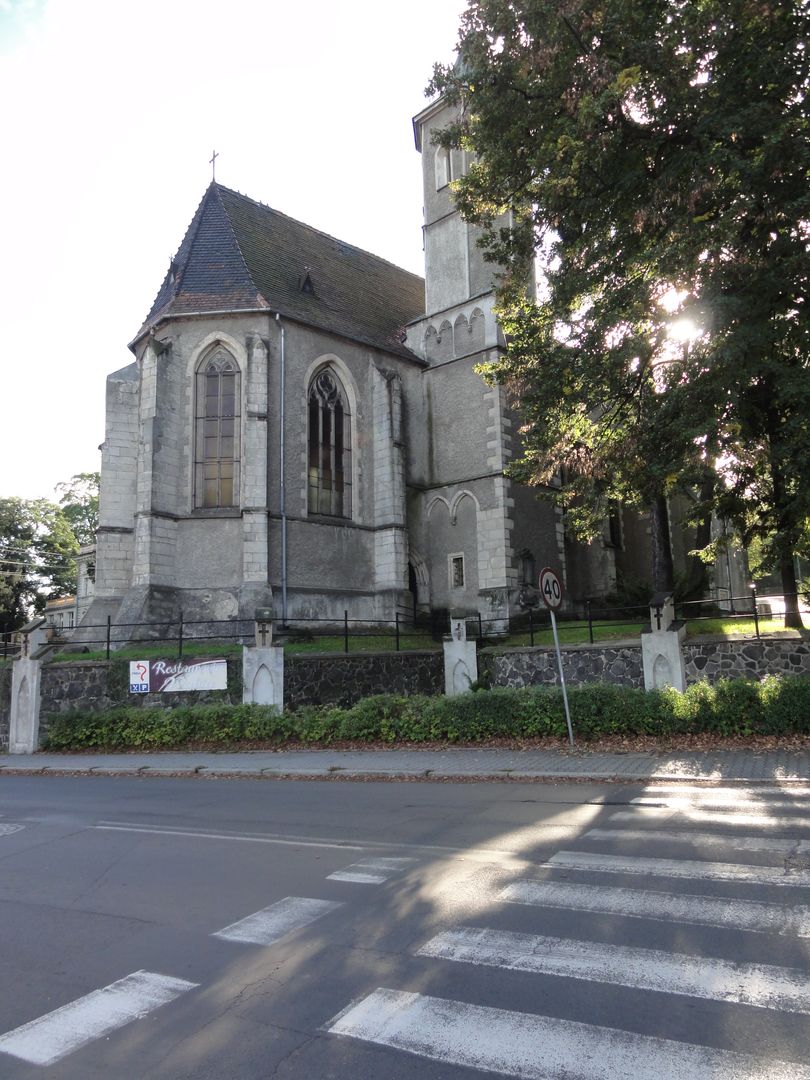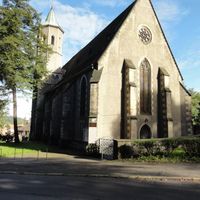Lubań
6.59

W skrócie
Lubań, położony w województwie dolnośląskim, jest miastem o bogatej historii sięgającej XIII wieku. W 1237 roku wspomniano je jako osadę handlową. Lubań zyskał prawa miejskie w drugiej połowie XIII wieku i od tego czasu rozwijał się jako ważny ośrodek handlu i rzemiosła, szczególnie w produkcji sukiennictwa. W mieście zachowało się wiele zabytków, w tym obszar starego miasta oraz kościoły, takie jak neogotycki kościół parafialny pw. Trójcy Świętej z lat 1857–1861 i XIV-XIX-wieczny kościół ewangelicki Marii Panny. Interesującym punktem architektonicznym jest wieża Trynitarska z początku XIV wieku, będąca jedyną pozostałością po rozebranym kościele. W centrum miasta znajdują się również mury miejskie z 1318 roku oraz ratusz w stylu renesansowym z 1554 roku, który obecnie pełni funkcję Muzeum Regionalnego. Lubań jest również miejscem wielu cmentarzy, takich jak cmentarz ewangelicki przy ul. Wrocławskiej i nieczynny cmentarz katolicki z połowy XIX wieku. Miasto ma bogate zaplecze kulturalne, z dwoma muzeami i lokalnymi mediami, takimi jak Telewizja Lubań i Przegląd Lubański. Historycznie Lubań przeszedł wiele zmian, szczególnie po II wojnie światowej, kiedy to w 1945 roku znalazł się w granicach Polski. W 1975 roku dołączył do województwa jeleniogórskiego, a od 1999 roku należy do powiatu lubańskiego. Lubań jest także węzłem komunikacyjnym, co ułatwia dostęp do innych miast. Ciekawostką jest fakt, że miasto leży na międzynarodowym szlaku pątniczym – Drodze św. Jakuba, oraz posiada bogatą tradycję religijną, z obecnością różnych kościołów oraz zborów. Współpraca międzynarodowa obejmuje partnerstwa z miastami takimi jak Kolin w Czechach i Löbau w Niemczech, co potwierdza jego otwartość na świat i współczesne relacje międzynarodowe.
Mapa
Powiat (II Jednostka administracyjna)
Powiat lubański
Województwo (I Jednostka administracyjna)
Województwo dolnośląskie
Państwo
Polska
Tutaj znajdziesz
2025 Wizytor | Wszystkie prawa zastrzeżone
